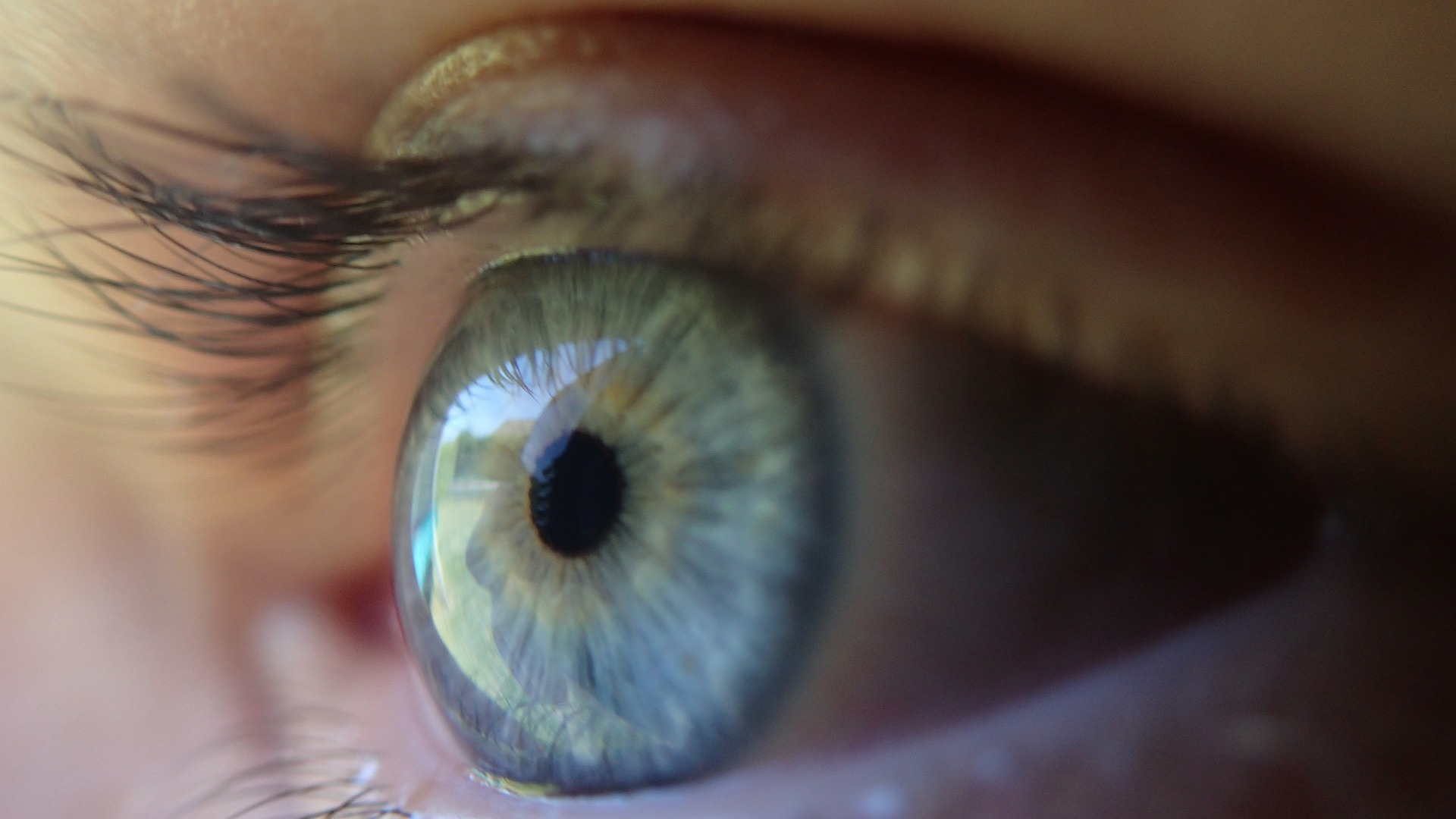

Even if you have normal vision, you have a blind spot in your retina. Usually that doesn’t affect how you perceive the world because your brain fills in the gaps. But now a team of researchers has found that eye exercises can reduce the size of that blind spot, which could help people who are blind to regain some of their vision. The study was published this week in the journal Current Biology.
Your retina is the layer of cells at the back of your eyeball that is very sensitive to light. But there are no light-detecting cells in the spot where the optic nerve connects the eye to the brain. That means there’s a relatively small area in which your eye can’t detect any light.
To find your blind spot, sit with your eyes about a foot away from the screen (you might need to sit a little farther away if your screen is bigger). Look at the image below, closing your left eye and looking at the cross with your right eye. Voila, the dot is gone.

In an effort to shrink the blind spot, 10 people trained for 20 consecutive weekdays. Researchers conducted initial tests to find the borders of each person’s blind spot, then tracked their eye movements as the participants looked at a ring with different colored bands that fell into the blind spot area. The participants had to report the color (red or green) and direction of movement (left or right) of the bands. But the researchers changed the size of the ring so that sometimes it was completely in the blind spot and sometimes just on the border.
The researchers designed the task initially so that the participants would be correct about 70 percent of the time. But over the course of the study, the participants got better at the task—the researchers found that the task reduced the size of participants’ blind spots by about 10 percent, as Live Science reports.
The researchers hypothesize that the participants’ blind spots shrank because the cells on the border of the blind spot became more sensitive. And, though this study was small, that kind of training could be useful for people who are pathologically blind, either because of damage to a particular part of the retina or due to macular degeneration, a condition in which parts of the retina break down over time. (The exercises likely wouldn’t help patients who have impaired vision because of a problem in another part of the eye, like the lens or the blood vessels.)
In future studies the researchers hope to figure out exactly why the exercises work so well by studying the differences between eyes with reduced blind spots and untrained eyes.